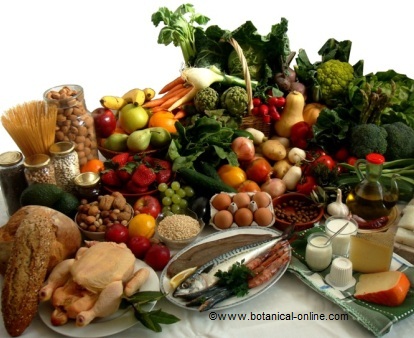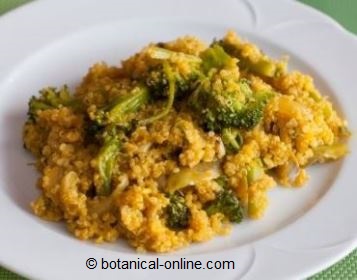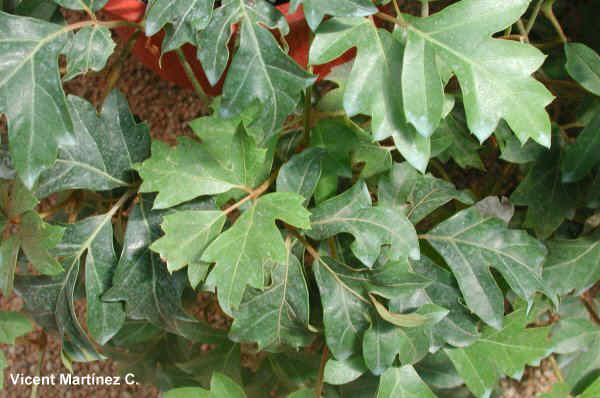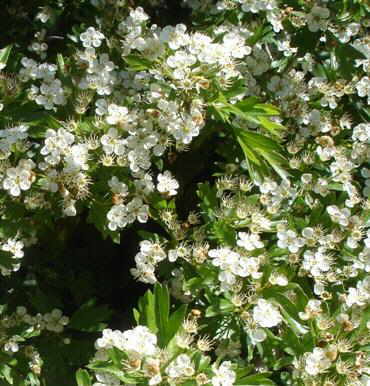Contents
- 1 Health benefits of green leaves
- 1.1 What are green leafy vegetables and why are they so healthy?
- 1.2 Nutritional characteristics of green leafy vegetables
- 1.3 Benefits of green leafy vegetables
- 1.4 Green leaves are the richest foods in folic acid (vitamin B9)
- 1.5 Antioxidants from green leaves
- 1.6 Leaf vegetables to lower cholesterol and cardiovascular health
- 1.7 Bone health, calcium and vitamin K in green leafy vegetables
- 1.8 Green leafy vegetables against cancer
- 1.9 Edible wild leaves, culinary culture and nutrition source
Health benefits of green leaves
What are green leafy vegetables and why are they so healthy?
The term green leaf refers to all those plants, cultivated or wild, whose leaves are edible.
This classification is used in dietetics to encompass a whole series of plant foods that share botanical and nutritional characteristics slightly different from those of other vegetables, roots and edible tubers.
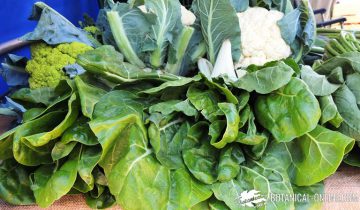
Nutritional characteristics of green leafy vegetables
All of them have a similar nutritional profile, which is:
- Very few calories
- High fiber content
- Low protein and fat content
- Presence of bioflavonoids (plant antioxidants)
- High content of potassium, magnesium, B vitamins (except B12), vitamin C, vitamin E, manganese, boron
- Low sodium content (salt)
*Related information: Composition of vegetables
Benefits of green leafy vegetables
In addition to the above nutritional characteristics, from a nutritional point of view, leafy vegetables have certain advantages compared to other vegetables because they have a high concentration of certain nutrients:
- They are the richest foods in folic acid (vitamin B9) and vitamin K
- High calcium content
- Especially rich in antioxidants and bioflavonoids, such as chlorophyll and sulfur compounds, with diuretic, depurative and protective health properties.
- It should be noted that green leafy vegetables are also the richest vegetable source of lipoic acid in the diet. This component is interesting for its antioxidant and detoxifying properties.
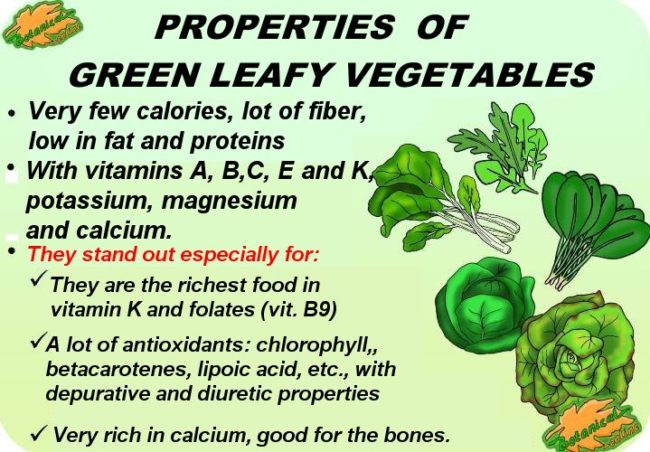
Green leaves are the richest foods in folic acid (vitamin B9)
There is no other food group in the diet that provides more vitamin B9, folate or folic acid as green vegetables. In fact, the name of the vitamin itself derives from the that it was discovered for the first time in spinach leaves. The name “folic” comes from the Latin form “folia”, which means leaf. Leafy green vegetables are the richest source of this vitamin.
Vitamin B9 or folic acid is very important during pregnancy, because it plays an important role in the development of the fetus. In addition it is also essential during the stages of development children, to be able to produce red blood cells correctly and to avoid anemia. That is why it is so important that adolescents consume this vegetable.
* See: Foods rich in folic acid
Antioxidants from green leaves

Another very important nutritional aspect of green leaves is their enormous richness in antioxidants, such as beta-carotene, quercetin, resveratrol or rutin. Only vegetables can provide us with these antioxidants, which are not found in products of animal origin.
For example, Swiss chard and spinach have an intense green color due to their high chlorophyll content. These two vegetables are also the foods richest in beta carotene, which are those orange pigments that are so characteristic of carrots (the reason why the leaves of chard or spinach are not orange is because chlorophyll camouflages the color of the yellow pigments).
Leaf vegetables to lower cholesterol and cardiovascular health
The consumption of green leafy vegetables is very interesting for all those with obesity, diabetes, poor circulation and heart problems , because of its high content of folates and antioxidants, it is very effective in reducing homocysteine levels and helps avoid complications the formation of cholesterol plaques in the arteries.
Many people believe that the classic recommendation of “eating vegetables” is due to some antiquated method to lose weight, because they are very low calorie foods. However, the reason for this recommendation is much deeper.:
You should eat a good vegetable dish or salad at every meal because the green leafy vegetable is like a medicine.
Indeed, it is scientifically proven that consuming many vegetables in the diet, especially green leafy ones, works to improve diabetes, improve circulation, take care of bone health, and reduce the risk of suffering from these and many other diseases, among which cancer is included.
Bone health, calcium and vitamin K in green leafy vegetables
Leafy vegetables are the most important dietary sources of vitamin K, which has a great importance on bone health – probably as much as calcium.
Green leafy vegetables against cancer

Vegetables contain active ingredients that are beneficial for health, components that do not contain other vegetables and whose habitual consumption helps to prevent certain diseases such as cancer.
Within the vegetable option, choose those that have more color and flavor because they have the most phytochemicals. As a star example of anticancer vegetables, we have the crucifers, those of the cabbage family, such as arugula or kale. They contain a type of phytochemical called glucosinolates (spicy flavor), with powerful properties to protect against certain types of cancer.
It has been shown that a diet with the usual presence of these vegetables protects against certain types of cancer, including breast and colon cancer.
As a general rule, it is established that the more color and flavor the vegetables have, the more beneficial they are, since the color and taste are indicative of the presence of phytochemicals.
Edible wild leaves, culinary culture and nutrition source
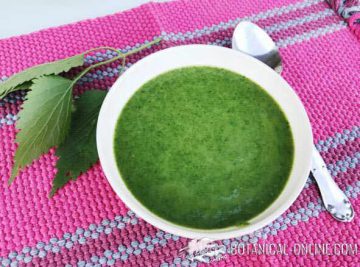
Nettles are edible wild plants that can easily be found, although we must make sure they are not dirty or contaminated.
Edible wild plants are very nutritious green leafy vegetables that also provide us with the benefits of contact with nature, essential to get these foods.
So that the reader understands a bit the advantages of wild plants over cultivated ones, we will say that wild ones, when growing in a natural environment, have less water and more phytochemicals and antioxidants than those cultivated, which has a higher nutritional value, Not to mention the added benefits of contact with the sun when collecting them. Of course, they have to be gathered with caution.
Nor is it necessary for them to be always wild: we can easily get some plants for our garden such as nettle, dandelion, common sowthistle, campions, goosefoots, amaranth or calendula, as examples.
*Related information: Examples of healthy vegetables
![]() More information on vegetables
More information on vegetables
10 February, 2025


